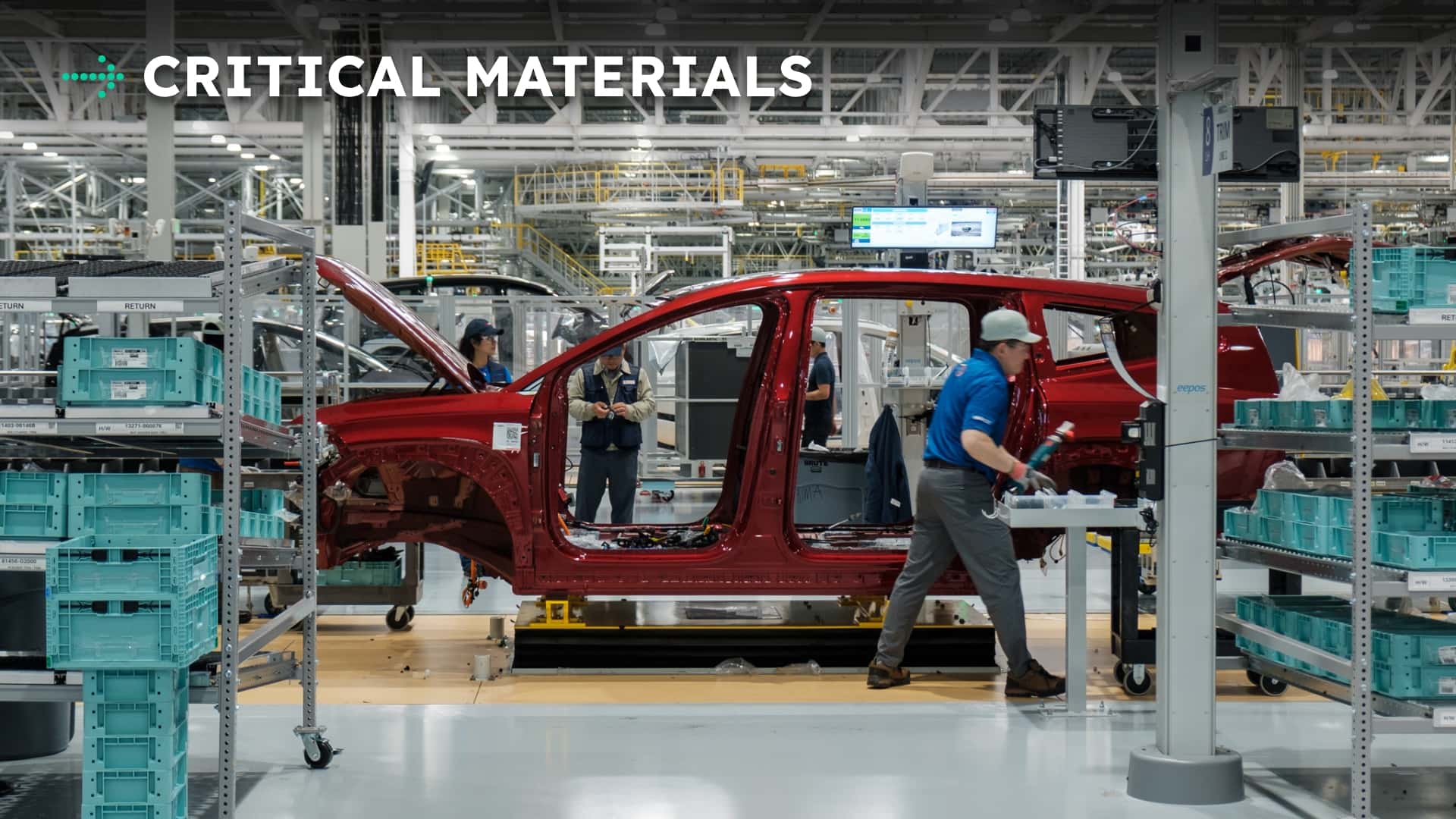Tariffs have been introduced, the EV tax incentive has been removed, regulations are unpredictable, and no one in America’s automotive sector can accurately predict what lies ahead.
It’s a statement I’ve come across from several auto industry leaders: “We don’t manufacture vehicles solely to comply with regulations.” Put differently, the automotive business focuses on delivering outstanding products at affordable prices, rather than adjusting everything to fit changing government safety and environmental standards.
Reader, that’s not true. In reality, the automotive industry isone of the most strictly controlled sectors in the world, and the regulations cover everything from the design of your next vehicle to its environmental impact. Automakers are confined to small, restricted spaces in which to work, and they invest years and billions of dollars in capital to develop cars that are both profitable and compliant with all these rules.
However, six months into the Trump administration, those regulations—standards that the American auto industry has been following for years, and in certain instances, even decades—are no longer in effect. What comes next remains uncertain.
A glimpse at this disorderly scenario opens this Monday’s edition ofCritical Materials, our daily summary of industry and technology news. Also coming up: Stellantis faces a significant tariff charge, and there are concerns about how Huawei-equipped vehicles are being sold in China. Let’s take a closer look.
30%: Everything Is Weird
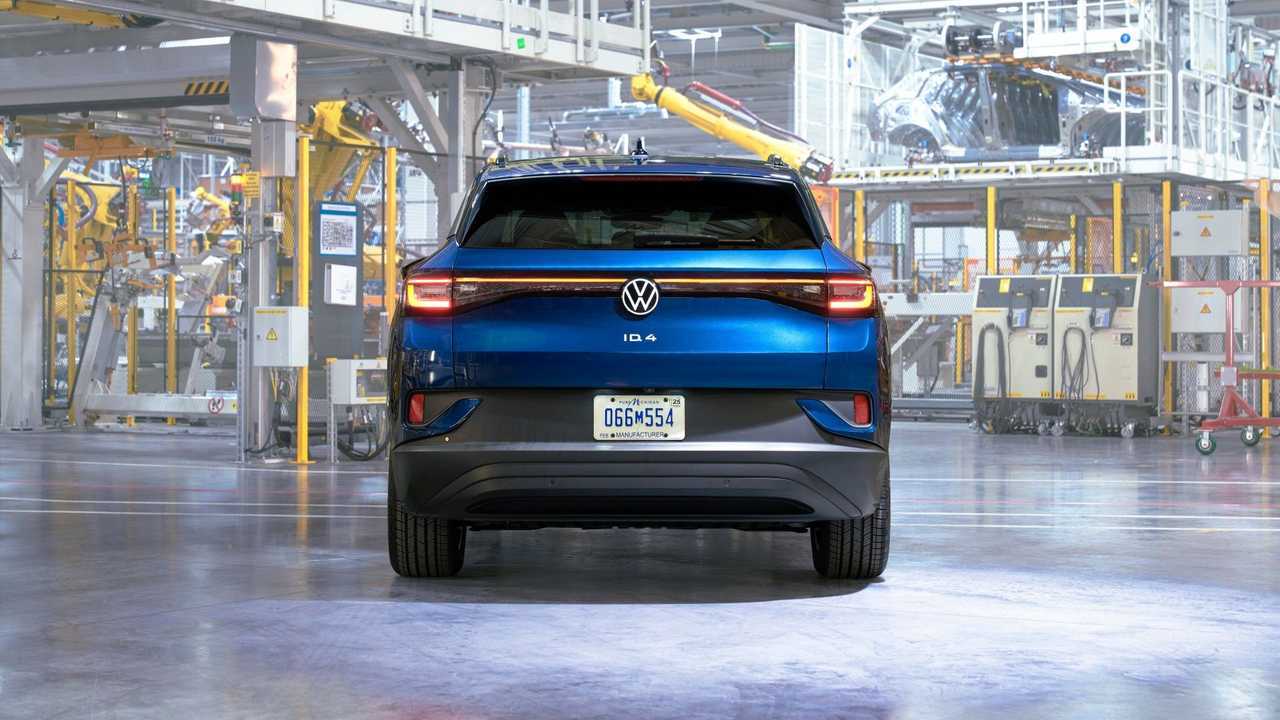
2023 Volkswagen ID.4 exterior view from the rear inside the Chattanooga factory
I’ll condense this scenario as briefly as possible: here in the United States,tariffs are in, Electric vehicle tax incentives are no longer available(or will be as of September 30, anyway),fines that advocated for more fuel-efficient engines have ended, and the worldwide supply chainsare still unpredictableThe administration under Trump aimed to significantly bring car manufacturing back to the United States—focusing particularly on gasoline-powered vehicles—while weakening fuel efficiency standards, emission rules, and initiatives promoting electric vehicle development.
In essence, this was not the intended path for the American automotive sector. For years, it has been preparing for a future that is more electric and electrified under the Biden administration—and for decades, it has dealt with increasingly strict fuel efficiency and emission regulations prior to that—including locally produced electric vehicles and U.S.-based battery manufacturing facilities.
And the tariffs have created uncertainty for all car companies regarding where to manufacture vehicles, let alone how to set their prices. Here’sAutomotive News with more:
Simply put, vehicle product planners are attempting to navigate a challenging period. “The next four years or more will be the most uncertain and volatile time in product strategy ever,” wrote Bank of America analysts in their annual Car Wars study published in June.
When EV and trade policies become more defined, the automotive sector may have already missed up to 18 months of planning, according to Michael Robinet, vice president of forecast strategy at S&P Global Mobility.
A massive effort has been made to simply minimize exposure and manage what can be controlled,” Robinet stated. “Companies are all attempting to plan on a daily basis and have very little, if any, long-term consideration for where technology, efficiency, and all those elements that we previously invested significant time and effort into ultimately go.
Automotive Newscompiles an annual overview of product strategies for each automobile manufacturer over the coming years. Plans are constantly changing, but in 2025, developing a roadmap is particularly challenging.
Perhaps the most challenging aspect for automobile manufacturers is that the world’s largest car markets—such as the U.S., Europe, China, and other parts of Asia—are all progressing at varying rates toward future technologies. Therefore, the question remains: should the focus be on gasoline, hybrid, or electric vehicles? In reality, it’s all three.
Various parts of the market will require different types of powertrains, so “the investment needs to happen everywhere,” said Sam Fiorani, vice president of global vehicle forecasting at AutoForecast Solutions. “Some of that funding will be used too early and some will be delayed, but everyone will have to invest.”
“If you are unable to predict daily events because it seems like these decisions aren’t based on macroeconomic factors but rather on negotiations you’re not involved in, you transition from being an active participant in the economy to a captive,” said [Dan Hearsch, global co-leader of the automotive and industrial practice at AlixPartners].
You’re simply observing people bargaining with your life. This is the scenario we’re facing, waiting to see what these various governments will do.
I am unable to predict where this will lead in the long run, but in the short term, new-car affordability islikely to be thrown out the window.
60%: Stellantis Prepares For A $2.7 Billion Tariff Impact Already
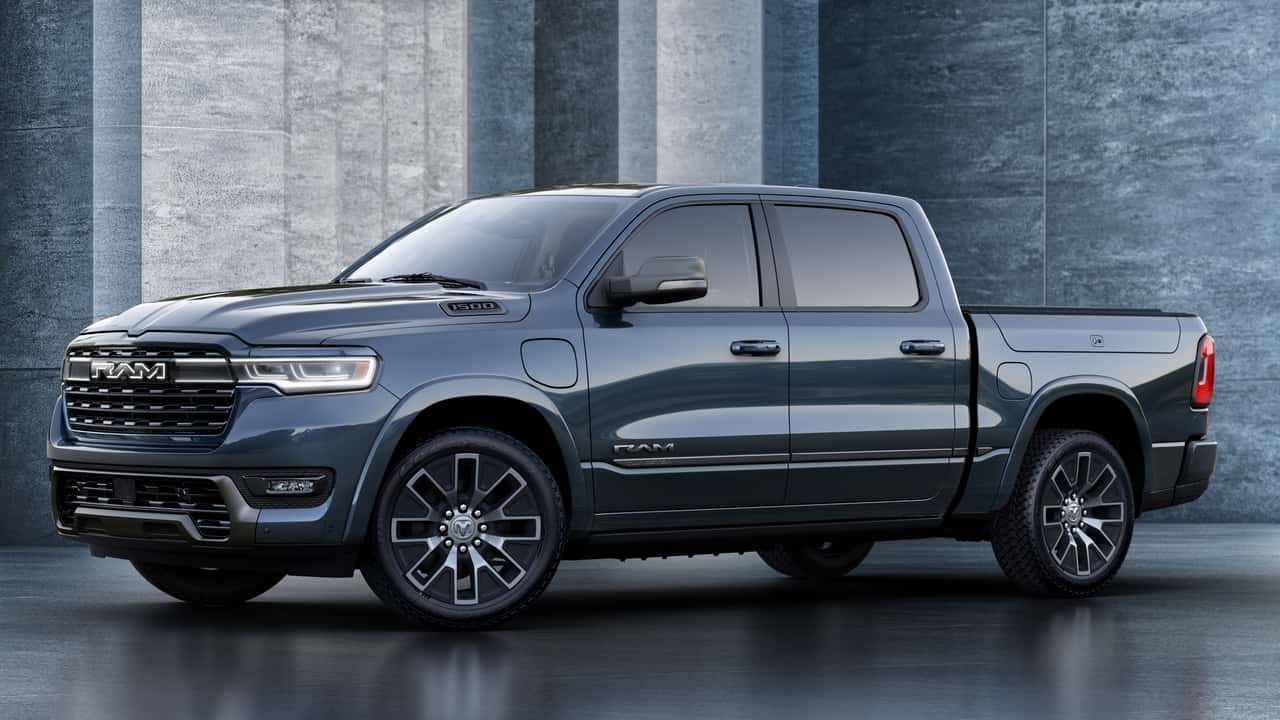
2026 Ram Ramcharger
For example: Jeep, Ram, and Fiat’s parent company Stellantis, which manages numerous U.S. facilities but has a strong global presence, was already experiencing declining sales. With tariffs now adding a $2.7 billion burden, the company is reconsidering many of its future strategies, according to reports.ReutersA year ago, it was generating a $6.5 billion profit in the first half; that’s not the case anymore.
On Monday, Stellantis reported that it recorded 3.3 billion euros in pre-tax expenses for the first half of the year due to the termination of various initiatives, such as a hydrogen fuel cell project. The company also continued to allocate funds for penalties associated with U.S. carbon emission rules implemented before Trump’s presidency. Additionally, it increased investments in popular hybrid vehicles in Europe and large gasoline-powered models in the U.S. market.
The automaker’s performance was “below expectations, but we believe the weak figures were expected,” wrote Philippe Houchois, an analyst at Jefferies, in a note to clients. Analysts from Bernstein mentioned that although there was a “significant” shortfall in earnings, the restructuring efforts by Stellantis “indicate firm measures.”
[…] Last year, Stellantis brought in more than 40% of the 1.2 million vehicles it sold in the United States, primarily from Mexico and Canada. In April of this year, the company stated that it had decreased vehicle imports due to tariffs and would adjust “production and employment to minimize effects on profitability”.
Quite a turnaround position for the new CEO.
90%: The Enigmatic Situation of Huawei Electric Vehicle Subsidies in China
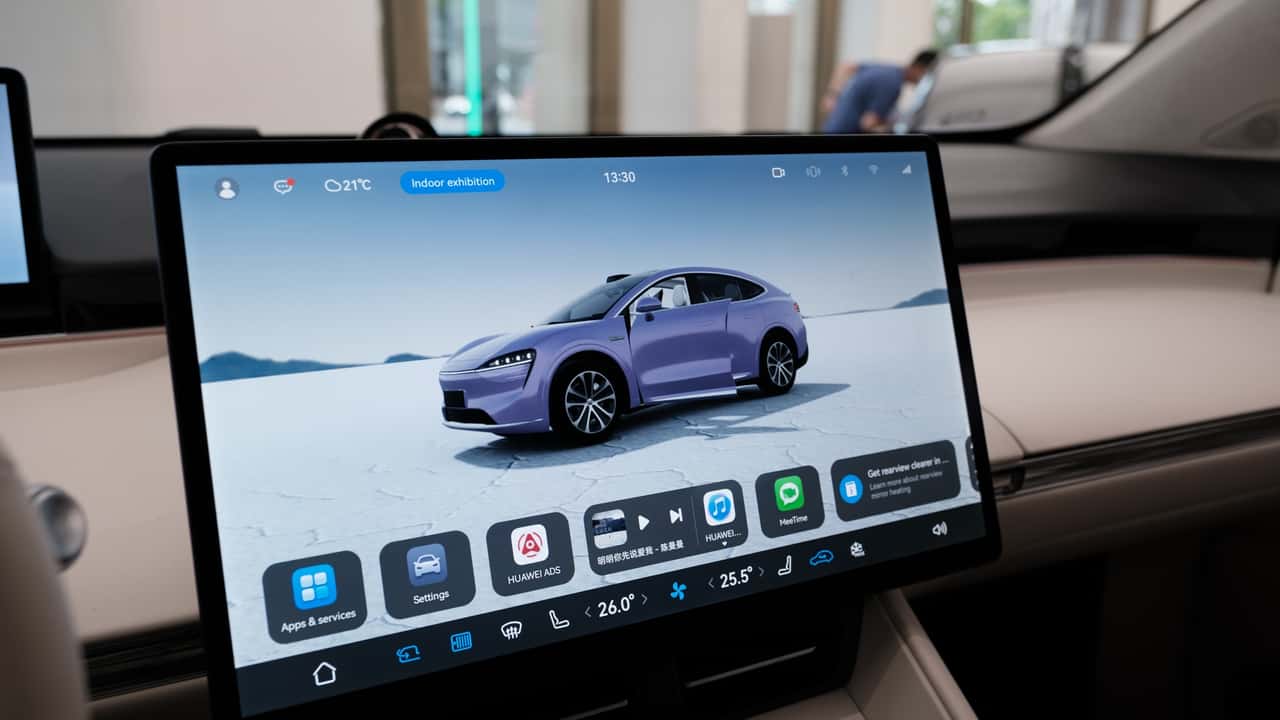
Huawei Store Shanghai
In the meantime, although China’s electric vehicles might be highly advanced, the sector faces significant challenges: price battles, declining demand, an excessive number of brands, intense competition, a concerned national government, and various other issues.
So let’s talk about Huawei. I would say that it hasn’t been as showy as Xiaomi has been in this aspect, but it’s another Chinese smartphone and technology giant entering the EV market—both with its own software andthrough the use of cars produced by different automobile manufacturersHuawei’s Harmony Intelligent Mobility Alliance (HIMA) collaborates with Chinese companies such as SAIC, JAC, and Chery to rapidly develop new brands.
But Wirednotes that it is receiving significant government support for this—such as an unusual and particular level of government assistance, even according to China’s standards:
Starting from May, at least 10 Chinese provincial and municipal governments have introduced consumer subsidies, offering between 2,000 to 5,000 RMB (approximately $280 to $700) per vehicle, as reported by social media posts gathered by WIRED. The specific amounts and requirements differ, but they all share a common condition: the rebates are exclusively for buying a car equipped with Huawei’s HarmonyOS operating system and its self-driving technology.
The Chinese government has provided support for electric vehicles since 2009, contributing to the country’s swift embrace of this technology over the last ten years. However, these incentives, at both the national and local levels, were gradually removed two years ago as the government encouraged automobile manufacturers to achieve financial sustainability independently. Even during the peak of EV subsidies, specialists note that these benefits were never specifically limited to one company.
It is still uncertain which company or organization is genuinely providing the discounts in each instance. It might be Huawei, as all the announcements clearly favor it, or one of the automobile manufacturers that have collaborated with it and utilizes Huawei’s intelligent driving technologies.
That tale is worth reading in its entirety.
My perspective is that it’s another indication ofhow intense and competitive the Chinese electric vehicle market is. The current extent of brand saturation and excess manufacturing capacity is unsustainable in the long term. Until this changes, these companies will go to great lengths to gain even the slightest advantage, rather than making significant progress.
100%: Are There Any Victors Amidst the Present State of Industry Turmoil?
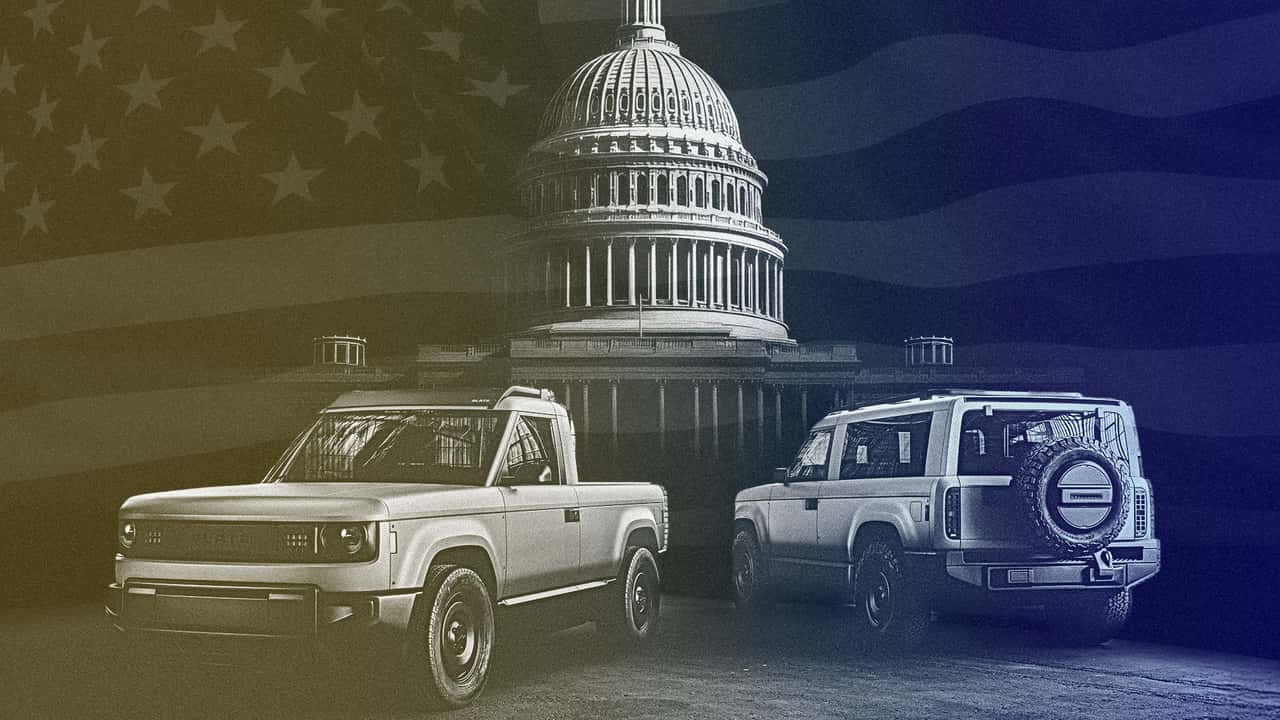
Slate Truck D.C. Top
“Amidst confusion, there lies also a chance,” Sun Tzu wrote inThe Art of WarWhat chance is available in the midst of all this turmoil and who will be wise enough to take advantage of it?
The major challenge in the automotive sector remains affordability. Let’s set aside electric vehicles for a moment; this industry is facing difficulties if a vehicle like a Nissan Sentra or similar model reaches $30,000. Whoever can truly understand how to enhance the value proposition in this area might come out on top once everything calms down.
On whom are you placing your bets? Share your thoughts in the comments.
Contact the author: [email protected]
- Ford F-150 Lightning Evaluation After Three Years Of Being The Owner: It’s Mixed
- Mercedes-Benz Electric Vehicles Now Up To $15,000 Less Expensive
- Tesla Launches Multiple Offers to Recover Declining Sales
- China’s Electric Vehicle Sports Car Achieves Lightweight, Affordable, and Enjoyable Performance
- I drove the Nio Firefly in China. I left in a rage.
- China’s Authorities Aim to Slow Down Excessive Investment in Electric Vehicles

